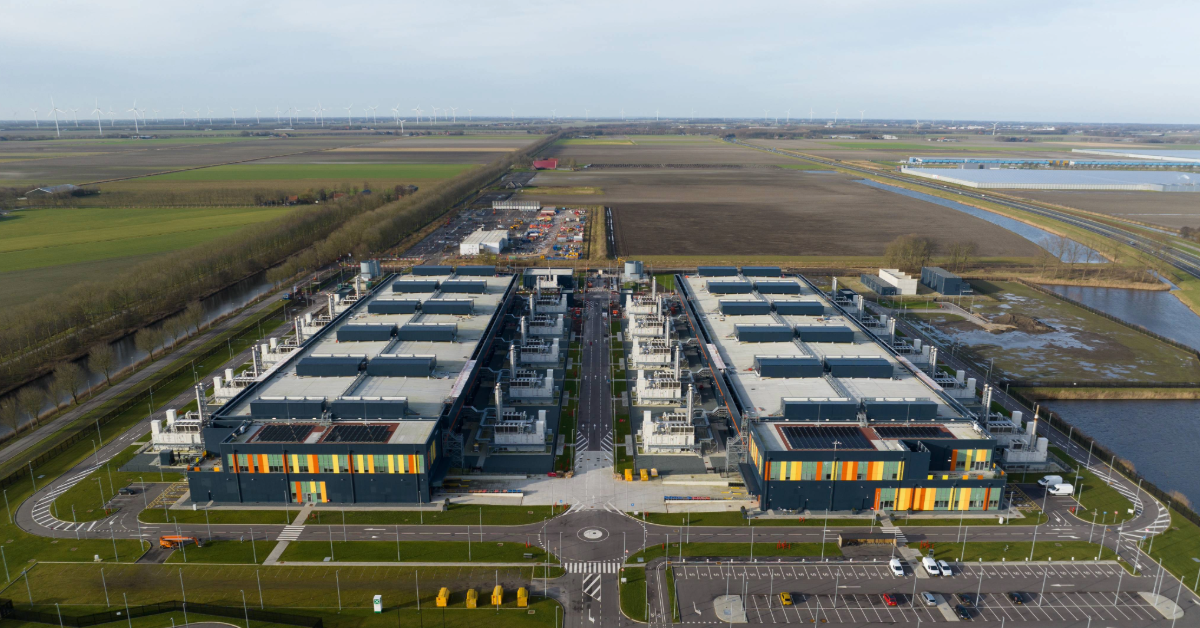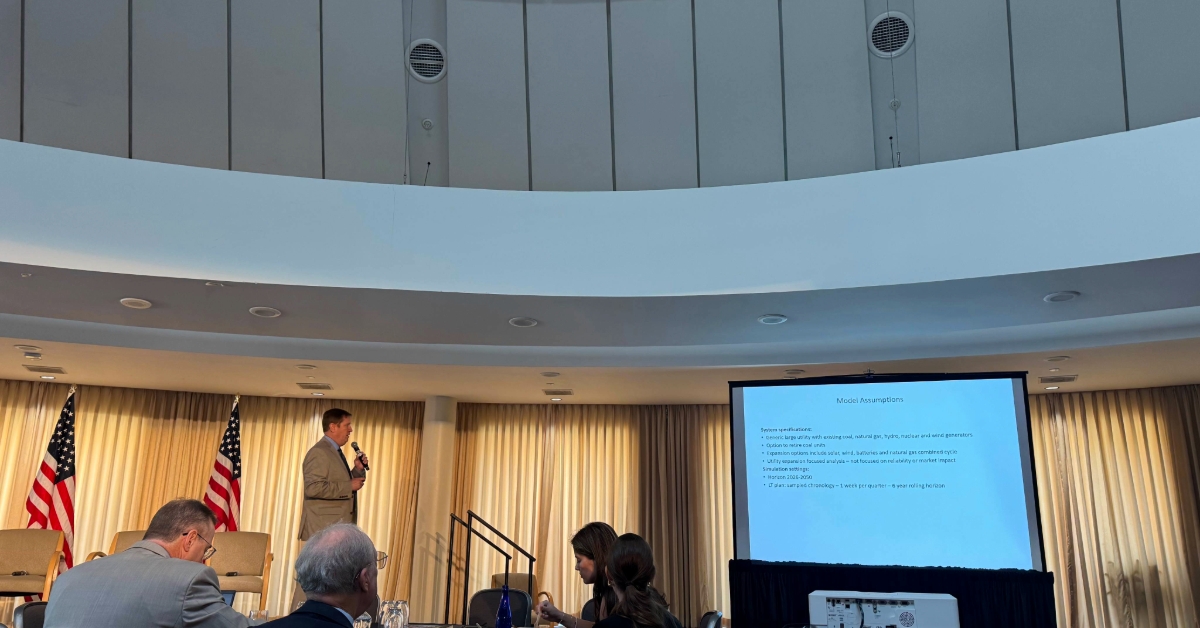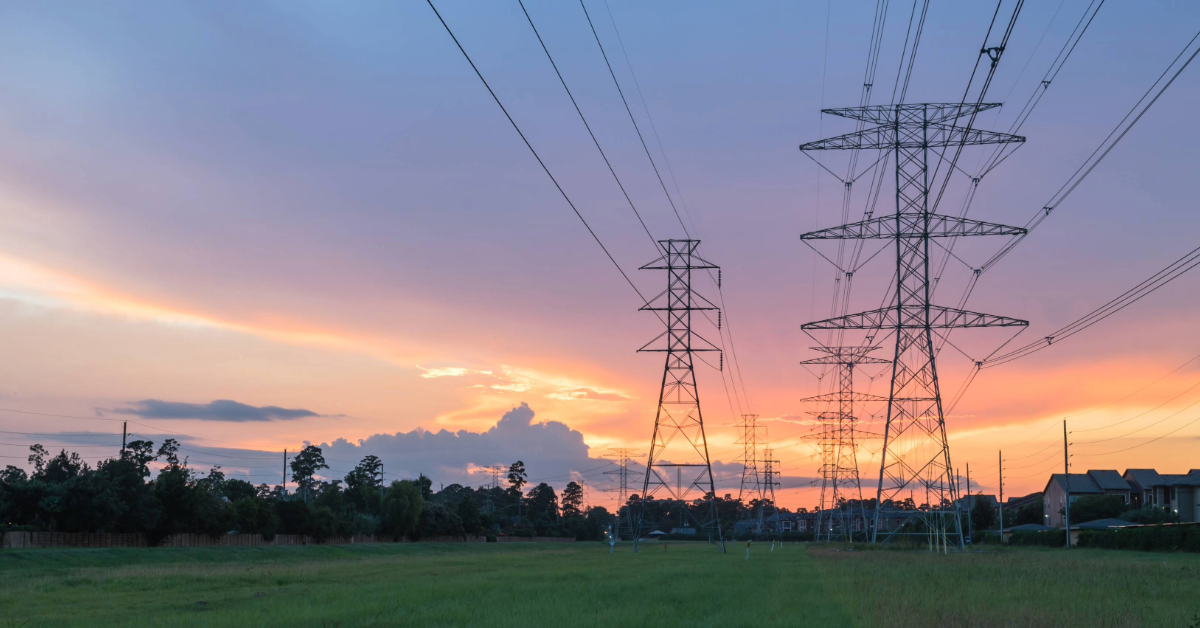Navigating Energy Reliability: Insights from FERC and USEA Conferences
There’s no shortage of uncertainty in the U.S. energy industry right now. Everyone agrees that data centers will drive massive load growth. However,...
3 min read
 Team Energy Exemplar
:
July 28, 2025
Team Energy Exemplar
:
July 28, 2025

Data centers are reshaping electricity planning in North America. Driven by rapid growth in hyperscale computing, AI workloads, and cloud infrastructure, these facilities are placing new pressures on utility systems. Traditional forecasting approaches that are often based on slow and steady demand growth are no longer sufficient to keep pace.
In a recent Energy Exemplar webinar, Joe Nyangon, Talha Ali, and Tarek Ibrahim discussed how utilities can adapt their planning processes in the face of this shift, and how the PLEXOS® platform supports data center siting and sizing decisions with deeper insight into grid capacity, constraints, and future congestion risks.
Nyangon outlined the core challenge: emerging large loads, especially data centers, are introducing significant uncertainty into utility forecasting and planning processes. These are not small, incremental increases in demand, but multi-gigawatt requests with aggressive development timelines that need to join already constrained grids.
Compounding this challenge are regional grid reliability concerns. According to NERC’s 2024 Long-Term Reliability Assessment, several areas in North America are likely to experience shortfalls in electricity supply during peak summer and winter seasons. Extreme weather is adding volatility, and the need to serve large, constant-load data centers only increases pressure on the system.

Learn more about the cascading effects of data centers' insatiable need for energy for utilities and data centers alike in this blog.
As transmission becomes constrained in current data center hubs, developers are turning to secondary and emerging markets. Land and electricity costs remain the dominant siting criteria, but developers now must also consider grid reliability, available transfer capacity, and long-term congestion risk.
Talha Ali noted that hyperscale developers want confidence in grid capacity before pursuing interconnection and are increasingly willing to build in less-developed regions if reliable access to power can be assured. This shift is forcing data centers to locate in regions with less infrastructure maturity and more siting uncertainty.
Tarek Ibrahim emphasized that Available Transfer Capacity (ATC) is one of the most critical metrics when screening data center locations. Understanding withdrawal capacity at the node level helps utilities and developers identify the most viable interconnection points and avoid sites where capacity constraints or permitting barriers could delay development.
PLEXOS supports a detailed approach to ATC analysis by incorporating:
This allows users to assess how much capacity is available at specific nodes, evaluate limiting elements in the network, and understand which conditions might reduce capacity over time.
The speakers stressed that today’s grid constraints may not reflect power flows in future years. PLEXOS enables utilities and developers to move beyond static analysis by integrating updated power flow cases (.raw files) into the simulation. These files allow users to visualize the full transmission topology, including buses, lines, and transformers.
Other advanced capabilities in PLEXOS include:
By modeling transmission congestion, nodal interactions, and scenario variability, PLEXOS helps users better understand the risks and opportunities at any given interconnection point.
Ready to dive deeper into the data center boom, discovering how utilities are planning for the boom and how data centers can site better? Watch this on-demand webinar to learn more!
Talha Ali walked through a siting demo using PLEXOS to evaluate multiple candidate data center sites. The core questions were:
The workflow involved placing load at selected nodes and using sensitivity analysis to determine whether withdrawal capacity could be sustained as the site scales. The demo output included a Most Limiting Element report, giving developers and planners visibility into which assets could restrict future performance.
The data center boom is reshaping expectations around utility planning timelines, capacity forecasting, and regional transmission development. Utilities must now:
Without accurate data and flexible modeling tools, utilities risk delays, cost overruns, or service disruptions as they attempt to respond to hyperscale load growth.
Traditional processes that rely on static interconnection maps or heuristic thresholds are too slow and too coarse for today’s market. Data center developers need faster, more data-driven answers. Utilities need confidence that their systems can support these loads without jeopardizing reliability.
By combining nodal modeling, ATC screening, contingency analysis, and sensitivity workflows, PLEXOS gives both utilities and data center developers the insights they need to make smart, future-ready infrastructure and investment decisions.
Ready to dive deeper into the data center boom, discovering how utilities are planning for the boom and how data centers can site better? Watch this on-demand webinar to learn more!

There’s no shortage of uncertainty in the U.S. energy industry right now. Everyone agrees that data centers will drive massive load growth. However,...

Originally published on Utility Dive on Feb. 24, 2025

Originally published on Energy Connects The explosion of data-driven technologies, particularly artificial intelligence (AI), has catapulted data...